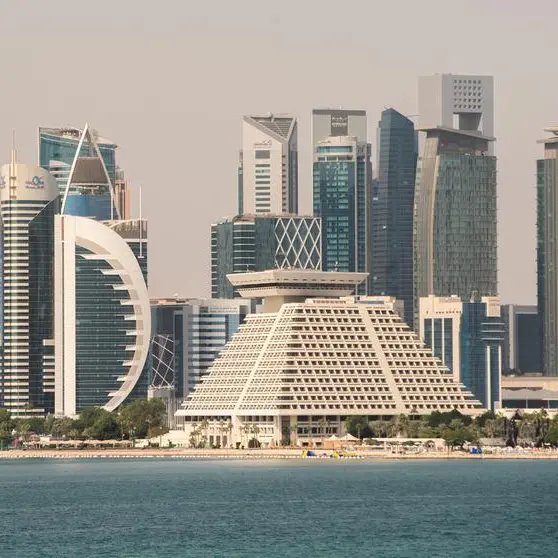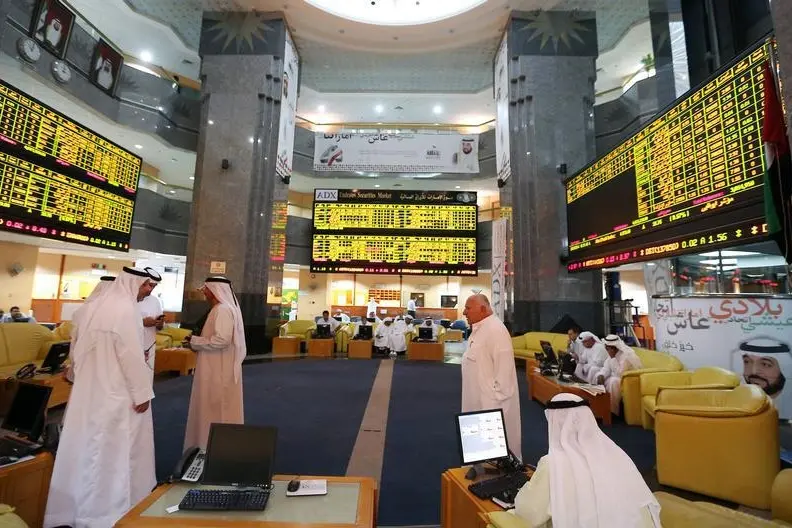PHOTO
Muscat: The nominal GDP, as per the preliminary data released by the National Centre for Statistics and Information (NCSI), showed an increase of 2.6 percent at the end of the second quarter of 2024 over the same period of 2023.
Despite the increase in the non-hydrocarbon sector by 5 percent, the contraction was driven by a decrease in the output of the hydrocarbon sector by 1.4 percent.
As for the real GDP, it demonstrates an increase of 1.9 percent during the same period under discussion.
This expansion was driven by 4.2 percent of the non-hydrocarbon sector. The Omani oil average price at the end of October 2024 at $82.6 per barrel was higher by 2.5 percent than that in October 2023.
The average daily oil production at 993.9 thousand barrels as of October 2024 decreased by 5.4 percent. The Sultanate's average Consumer Price Index (CPI) showed a Y-o-Y inflation of 0.6 percent as of October 2024.
Other depository corporations (ODCs) consist of conventional and Islamic banks in Oman. Total outstanding credit extended by ODCs grew by 4.8 percent to RO31.9 billion at the end of October 2024, with credit to the private sector demonstrating an increase of 4.4 percent (Y-o-Y) to reach RO26.8 billion.
The household sector received the highest share of the total private sector credit at approximately 45.2 percent in October 2024, followed by Non-financial corporations at 45.1 percent. The share of financial corporations was 6.2 percent while other sectors received the remaining 3.5 percent of total private sector credit as of end-October 2024.
Total deposits held with ODCs registered a Y-o-Y significant growth of 13.0 percent to reach OMR 31.9 billion at the end of October 2024. Total private sector deposits increased by 9.4 percent to RO20.4 billion. In terms of the sector-wise composition of private sector deposits, the biggest contribution is from household deposits at 50.2 percent, followed by non-financial corporations at 29.5 percent, financial corporations at 17.7 percent, and other sectors at 2.6 percent.
The combined balance sheet of conventional banks showed a Y-o-Y growth of 2.7 percent in total outstanding credit as of end-October 2024. Credit to the private sector increased by 1.8 percent to reach OMR 20.7 billion while their overall investments in securities increased by 29.7 percent to RO6.1 billion at the end of October 2024.
Investment in Government Development Bonds decreased by 0.7 percent to RO1.9 billion, while foreign securities increased dramatically by 75.1 percent to RO2.5 billion, at the end of October 2024.
On the liabilities side, aggregate deposits held with conventional banks increased by 10.4 percent Y-o-Y to RO25.4 billion at the end of October 2024. Government deposits with conventional banks slightly increased by 1.8 percent at RO5.3 billion, and deposits of public enterprises increased by 50.1 percent to RO2.8 billion.
On the other hand, private sector deposits, which accounted for 63.2 percent of total deposits with conventional banks, increased by 5.3 percent as of October 2024 to reach RO16.0 billion.
The total assets of Islamic Banks and Windows increased by 16.4 percent on a Y-o-Y basis to RO8.3 billion and constituted about 18.7 percent of the banking system's assets at end-October 2024. Islamic banking entities provided financing of RO6.7 billion at the end of October 2024, recording a growth of 13.8 percent over that a year ago. Total deposits held with Islamic banks and windows increased by 24.0 percent to RO6.5 billion.
Among the indicators of monetary aggregates, the broad money supply M2 at end-October 2024 increased by 12.6 percent to reach RO 24.8 billion. This is attributed to the increase in narrow money (M1) by 24.8 percent, along with an 8.4 percent increase in quasi-money (Rial Omani saving and time deposits, certificates of deposit issued by banks, margin deposits, and foreign currency-denominated deposits). Looking at components of narrow money (M1) during the same period, currency with the public fell by 5.9 percent, while demand deposits increased by 33.2 percent.
The weighted average interest rate on Rial Omani (RO) deposits with conventional banks witnessed an increase from 2.531 percent at the end of October 2023 to 2.709 percent in October 2024, and the weighted average lending rate increased from 5.452 percent to 5.628 percent over the same period. Meanwhile, the RO domestic interbank lending rate declined to 4.681 percent in October 2024 from 5.584 percent a year ago.
This is an outcome of the decrease in the average Repo rate for liquidity injection by the CBO to 5.500 percent from 6.000 percent a year ago, moving with the US Federal Reserve.
2022 © All right reserved for Oman Establishment for Press, Publication and Advertising (OEPPA) Provided by SyndiGate Media Inc. (Syndigate.info).























